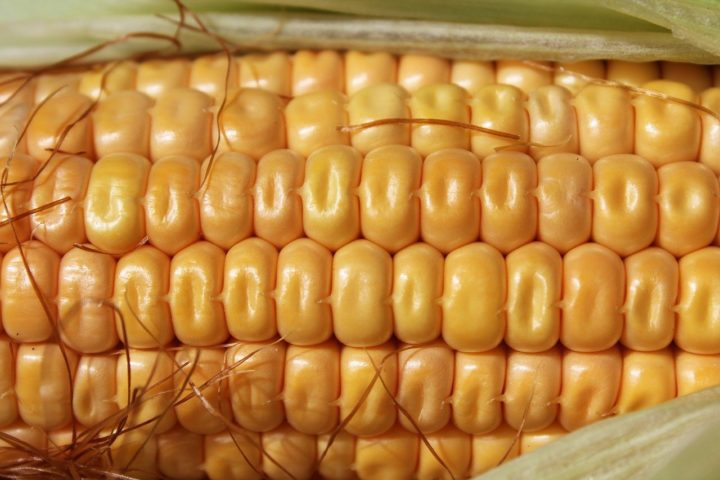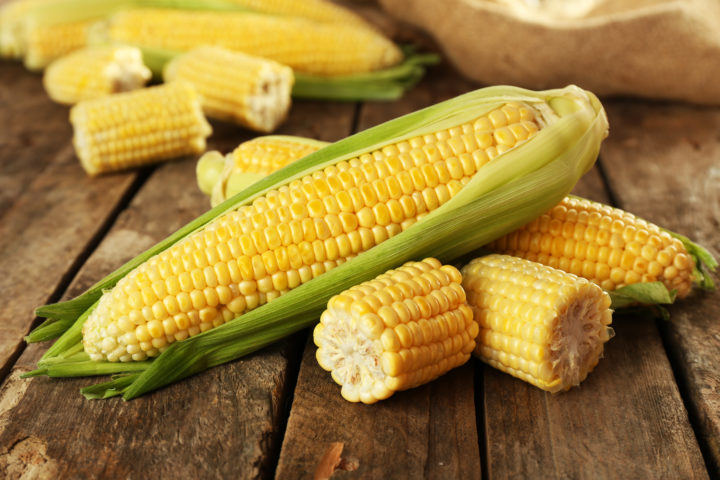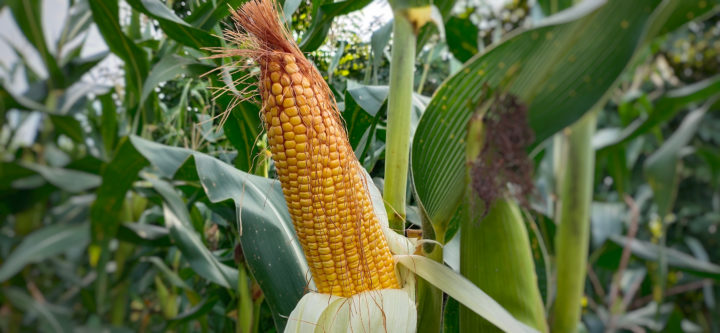
It’s one of the most important staple foods in the world. Yet, given the common nomenclature, one might find themselves wondering what’s the difference between maize vs corn?
There could be a lot to say about these products and their farming, but the biggest point is that maize and corn are the same thing.
By and large, the difference and hence, the naming convention is dependent on geography. Different nations and regions have different names for this staple.
Well, let’s get started with the details to get a better understanding.
Maize vs Corn: Things You Want To Know About
The Regional Naming What It Means
Corn is the word for the grain in North America, particularly in the US and Canada. In most parts of the world, the grain is called maize.
It is called maize in British English as well and the effect extends to several countries, including India, East Asia, Africa, and Australia.
However, the American influence is tough to resist, and “corn” is making its way into usage by other countries as well. For example, even in the UK, maize may sometimes be called sweet corn.

To be clear, sweet corn is a variety of the maize (or corn) plant. It’s often enjoyed as corn on the cob. Since it is directly meant for consumers, sweet corn has an easy time getting into the vocabulary.
Speaking of vocabulary, while maize may be the preferred term for the plant in most of the world, food names derived from corn remain unchanged.
For example, popcorn remains popcorn throughout the world and does not change to popmaize. Same goes for other products like cornflour, cornstarch, corn on the cob, and so on. Though as we know, cornflour has some interesting variations in international use.
Even with all that, keep in mind there are inconsistencies in nomenclature everywhere. You might hear the words used interchangeably or for specific purposes.
The Origins And Historical Naming
A few centuries ago, corn was a generic term representing the staple grain growing in a region. In that sense, corn represented a lot of products. Corn meant wheat in England, oats in Scotland, rye in Germany, and so on.
So, it shouldn’t be a surprise that as America was colonized, settlers found a new staple grain in maize and it took on the name of corn. Meanwhile, since Europe would more or less continue with conventional naming, the introduction of the new food didn’t result in its nomenclature as corn. It stayed as maize.

This also explains why maize is called Indian corn. It was the staple grain (corn) cultivated by native Americans (also called Indians at that time).
There is an interesting story tied to the name maize as well. Apparently, maize was a popular agricultural product for native Tahino people in the Antilles Islands in the Caribbean. Since it was their staple, they called it mahiz, which meant “source of life” in their language.
As explorers (Columbus on an expedition) arrived there, they received some maize from the people. As it traveled back to Europe and grew popular, the name mahiz changed to maize and became a popular agricultural product globally.
This is also one of the reasons the word maize is popularly used to represent this food in most parts of the world. Since the word corn can refer to a few items of produce and varies with place, maize is a simpler and more exact alternative.
What Is Maize? And What Color Is Maize?

Maize is a very versatile cereal grain that’s cultivated in many parts of the world. It is related to grass and was first domesticated in Southern Mexico. After the arrival of Europeans in the Americas, maize spread throughout the world. It is now an important crop globally.
Corn (or maize) has several uses. It is popular for human consumption, as livestock feed, industrial uses, and even as a biofuel.
The popular crop is consumed in a variety of ways. For example, fresh corn is very popular as corn on the cob. Once dried, the cereal grain can be used to make corn meal, cornflour, corn starch, and several other products.
As we know, this is a very versatile grain, so it lends itself to plenty of uses.
Conventionally, the color of maize is yellow. The yellow seeds are sight to behold on the white cob. On the plant, the cob usually has a covering of long, green leaves.
The color changes to a darker hue of yellow when the corn is dried. For a handful of grains, the color might change to dark red or similar colors. However, yellow remains the dominant color.
FAQ
Is Maize A Grain?
Maize is a cereal grain that’s popular around the world. Interestingly, classification can sometimes change depending on how maize is processed. The Whole Grain Council considers dried corn a grain, while fresh grain is seen as a vegetable.
The seed coat in a grain of maize is fused with the fruit wall. Hence, it’s often seen as a fruit, rather than a seed. Specifics aside, maize is commonly seen as a cereal grain, so there’s no harm calling it a grain.
What Is Maize Used For?
Maize is an incredibly versatile food that finds a lot of uses. It’s processed to create several foods for human consumption. Some popular ones include cornmeal, nachos, popcorn, tortillas, breakfast cereal, and snacks.
In some Indian states, corn meal (or corn flour) finds use in creating flat breads. Corn on the cob is fairly popular globally.
A fair chunk of global maize production goes into producing feed for livestock. Maize also finds significant uses in chemical and industrial processes. It’s used for the production of biofuels, chemicals, and other processes.
How Long Do You Boil Corn On The Cob?
The preferred boiling time for corn depends on how fresh it is. If it is fresh and unhusked, boiling corn for two to five minutes will do the trick. Husked corn usually needs about 10 minutes of boiling to be fit as corn on the cob.
Be careful and check the corn occasionally during boiling. Boiling it for too long will result in an unpleasantly mushy texture.
Is Corn Gluten Free?
Corn is gluten-free. Gluten is a protein usually seen in several popular grains like wheat, barley, and rye. However, corn is different from the aforementioned grains and doesn’t contain any gluten.
Conclusion
As we see in this discussion on maize vs corn, both terms refer to the same food. Maize and corn are essentially the same, the different nomenclature comes down to regional use and some historic elements. This versatile food is one of the most important crops globally.
